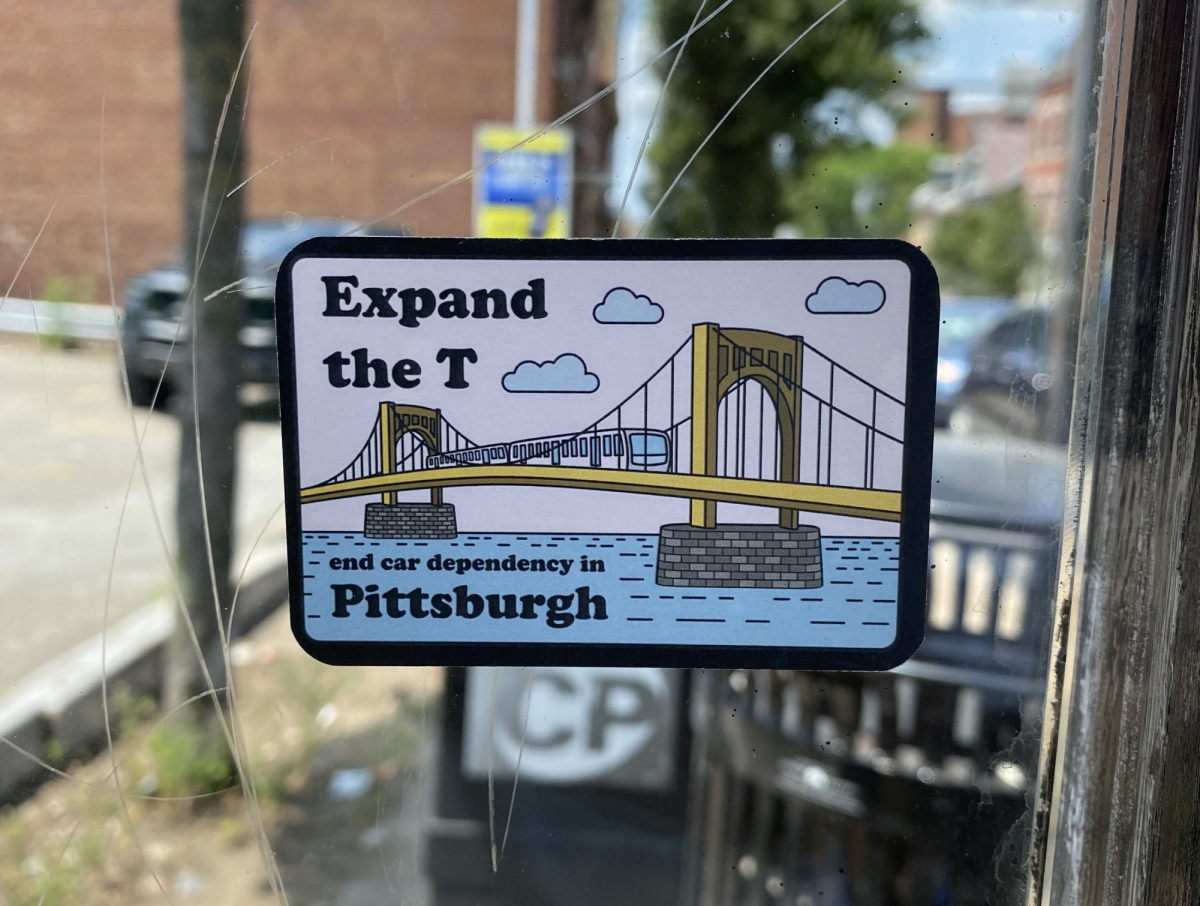Hollywood vixen Marilyn Monroe once boldly said, “Hollywood is a place where they’ll give you a thousand dollars for a kiss and fifty cents for your soul.” I wonder what the icon would think she deserves today for appropriation of her name or likeness.
While we will never know the answer to that question, today’s public figures, such as Tiger Woods and Lindsay Lohan, believe the commercial use of their name or likeness make them deserving of a hefty paycheck.
With more and more cases of celebrities seeking monetary rewards for their image, the legitimacy of the right to publicity law needs to be questioned. Considering the fact that this legal claim is not as strictly defined as other privacy torts, are companies that use a celebrity’s name or likeness without permission truly in violation of the law?
Most Americans can agree that the right to privacy is a necessity that needs protected. Although such a right is not included in the Constitution, four privacy laws have been established that aim to protect citizens from legal wrongs. Of these four laws, appropriation is the most important to public figures as well as the most obscure.
The appropriation tort includes both the right to privacy, as well as the right to publicity. According to “Mass Media Law” by Don R. Pember and Clay Calvert, the right to publicity is an attempt to remunerate individuals for the economic harms suffered when their name or picture is used for advertising or trade purposes, and they are not compensated for it. The tort proposes that an individual’s name or likeness has monetary value, and using it without permission is theft.
The right to publicity as compared to the right to privacy is a relatively new and expanding concept. The importance of the right to publicity has grown over the years as American culture becomes more fixated on celebrities.
For American advertising agencies, the public’s growing fascination with celebrities has presented unique opportunities to sell their clients and products. Using the name and likeness of today’s most popular public figures, agencies have capitalized on what is becoming one of America’s greatest obsessions.
While the celebrity craze has benefited the advertising and public relations industry, it has also caused unnecessary problems. Celebrities, who aren’t compensated for the use of their names or likenesses in promotions, are turning to the right to publicity tort to seek payment for economic harm. In some cases, these celebrities are successful in their quests for money. In other instances, they fall short.
Part of the reason why celebrities are often unsuccessful in their right to publicity lawsuits is the fact that courts do not have a concrete definition of what is and is not an illegal use of a name or likeness. With this inconsistency in the law, can we really blame professionals for using a celebrity’s name or likeness without their permission?
When Alabama artist Rick Rush painted a picture of Tiger Woods alongside other golfing greats to commemorate Woods’ 1997 Master’s golf tournament victory, Woods attempted to sue the artist for violating his right to publicity. Rush’s print was issued in a limited edition of 250 serigraphs at $700 each, followed by 5,000 smaller lithographs selling for $15 each. Woods believed he deserved to be compensated for economic harm; however, the 6th U.S. Court of Appeals disagreed. The court said Rush’s work was creative and transformative, which made it worthy of protection under the First Amendment.
Recently, a similar case was brought to the public’s attention involving Lindsay Lohan and the financial company E-Trade. In an advertisement that ran during this year’s Super Bowl game, one of E-Trade’s famous talking babies asked her boyfriend if that “milkaholic Lindsay” was at his place the night before. The boy plays dumb before a baby girl pops up and comically asks, “Milk-a-what?” The ad was seen and enjoyed by millions – millions except Lohan, who believed the “milkaholic” Lindsay was modeled after her, thus making her deserving of compensation for economic harm.
Does Lohan have a case? Possibly, if you think Lindsay has the same single-name recognition as Madonna or Cher. I personally do not think she does. I see this publicity lawsuit as a way for Lohan to add to her bank account, because clearly her career as an actress is suffering.
While I do believe there are cases when a celebrity’s right to publicity is violated, such as the case when Ford Motors used a singer who sounded identical to Bette Midler to sing one of Midler’s songs in their commercial without her permission. I also think there are many cases, such as Lohan’s, where a celebrity abuses the right to publicity claim in order to increase their net worth.
As an aspiring public relations professional, would I ever use a celebrity’s name or likeness to promote a client? Yes, I would. Until the law clearly defines what is and is not an illegal use of an individual’s name or likeness, I think all of us in the advertising and public relations industry have the right to use a celebrity’s likeness in our promotions. If the public wants a celebrity, we’ll give them a celebrity until the law specifically forbids us to do so.









